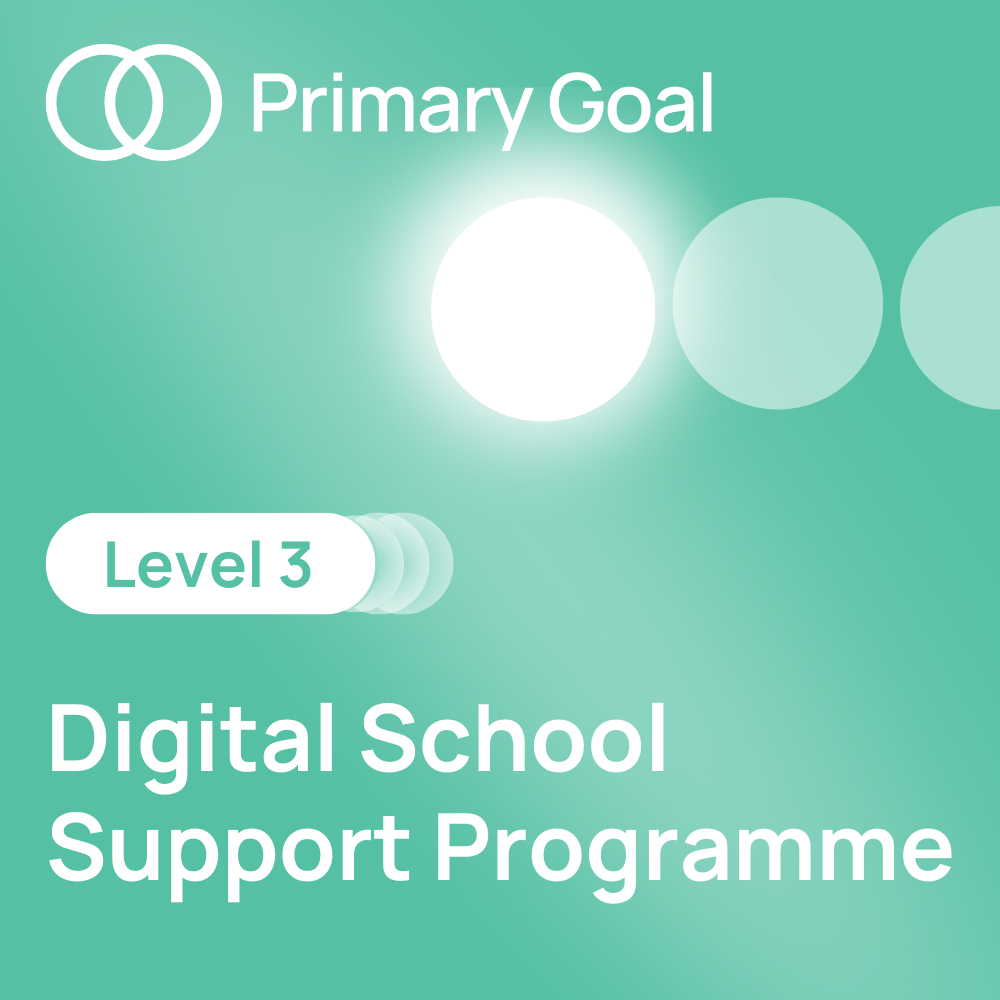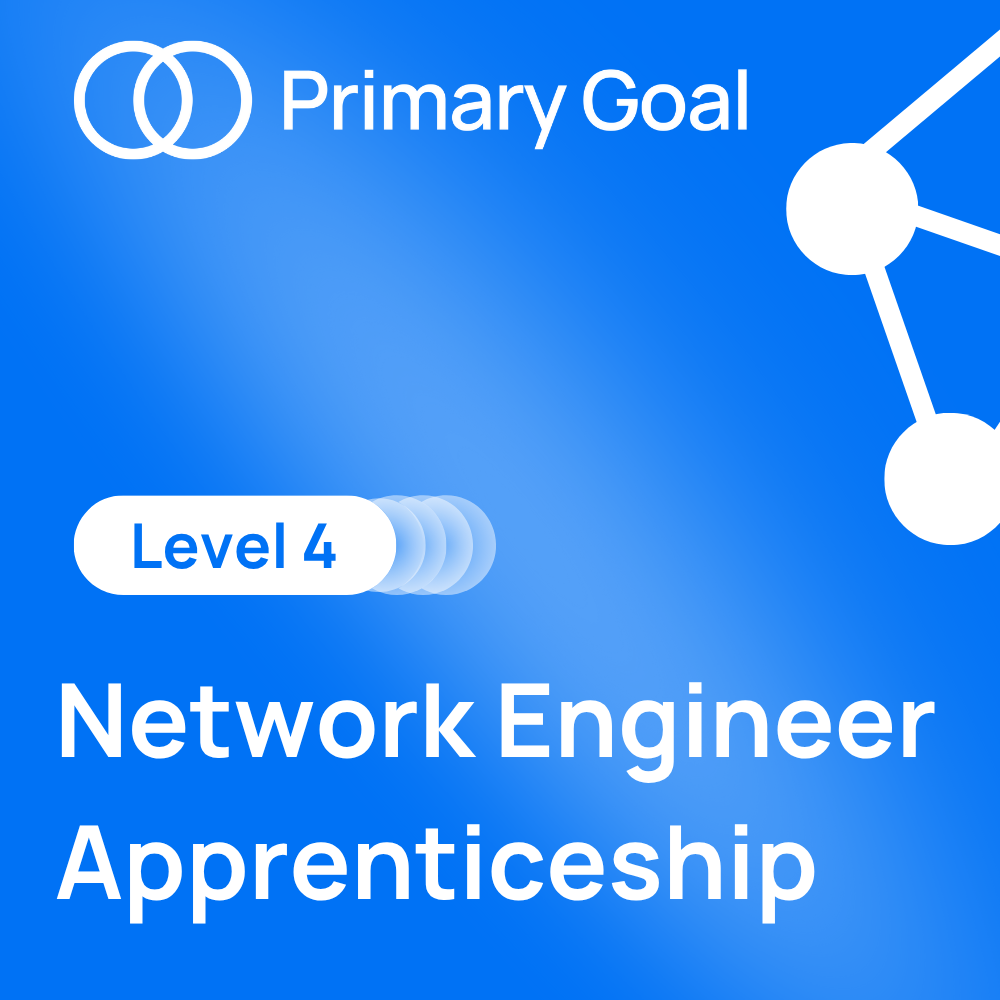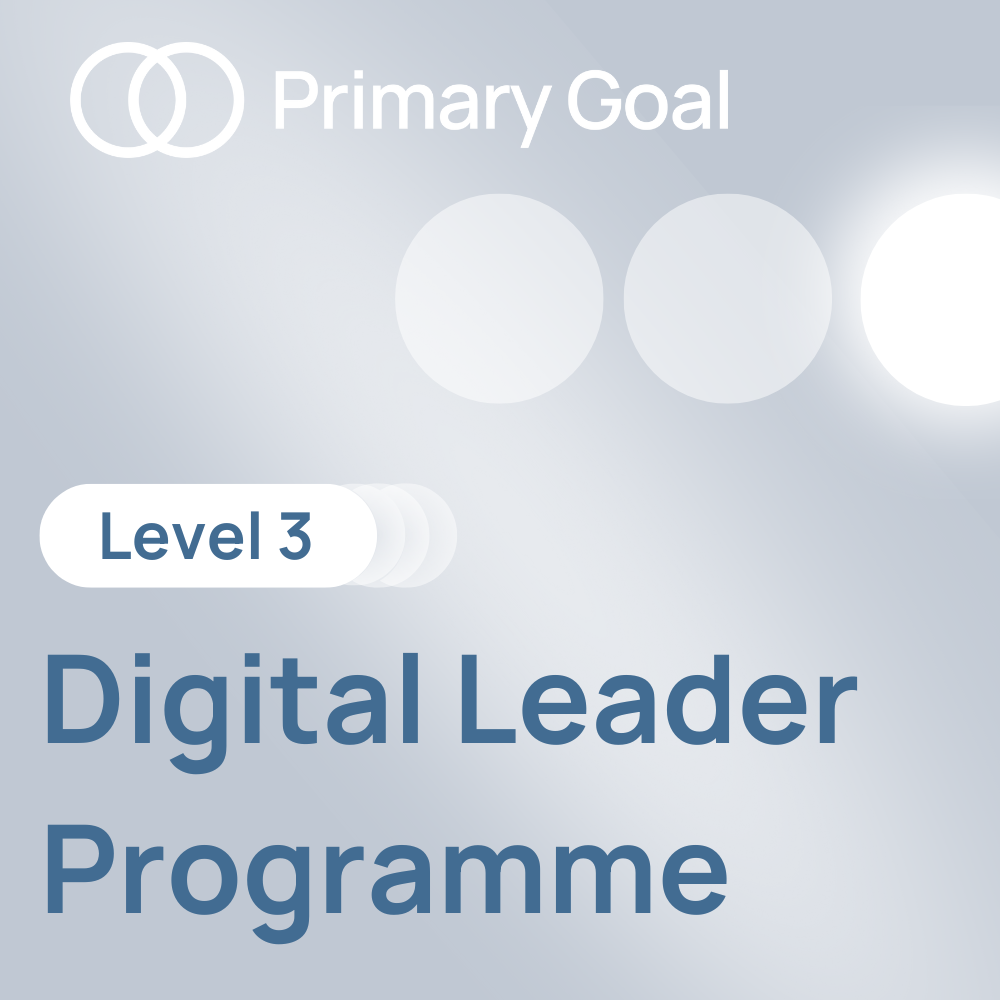Empowering Futures Through Quality Apprenticeships
At Primary Goal, we connect schools, businesses, and aspiring talent with tailored apprenticeship programmes that foster growth and success. Our mission is to prepare people with the digital skills needed to thrive in today’s workplace.

Trusted by Industry Leaders Across Education and Wider Industries
















Why Choose Primary Goal?
Our apprenticeships are designed with the future in mind, equipping learners with the skills needed to thrive in a rapidly evolving workplace. Partnering with industry leaders, we ensure our programmes remain relevant and impactful.
Future-Focused Training for Tomorrow's Workforce
Stay ahead with apprenticeships that evolve alongside technology and industry demands.
Trusted Partnerships for Real-World Impact
We collaborate with schools and employers to create programmes that deliver tangible results.
Proven Outcomes for Lasting Success
Our track record speaks for itself, with countless learners achieving their career aspirations.
Flexible Delivery to Suit Your Needs
We adapt our programmes to minimise disruption while maximising educational value for all stakeholders.
Apprenticeships Built for Today’s Skills Gap
Our apprenticeship programmes are designed to bridge the gap between education and industry. Whether you’re a school, business, or individual, we offer tailored pathways to meet your needs.



Who We Work With
Connecting Schools, Businesses, and Talent

Embedding Digital Skills into the Classroom
Empowering growth through collaboration and innovation.

Developing Future Ready Workforces
Together, we can shape the future workforce.

Building Stronger Communities through Opportunities
Collaborate with us for impactful apprenticeship solutions.
Ready to Empower Your Future?
Whether you’re an employer, school, or aspiring apprentice, we’d love to support your journey. Explore our programmes or get in touch with our team today.




